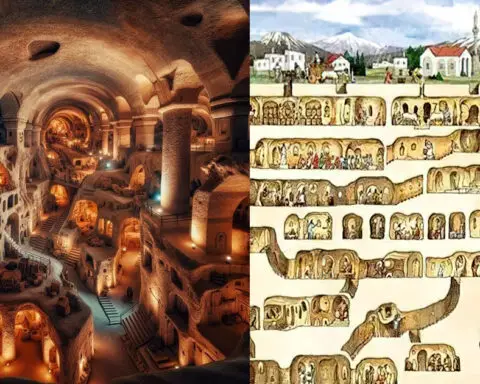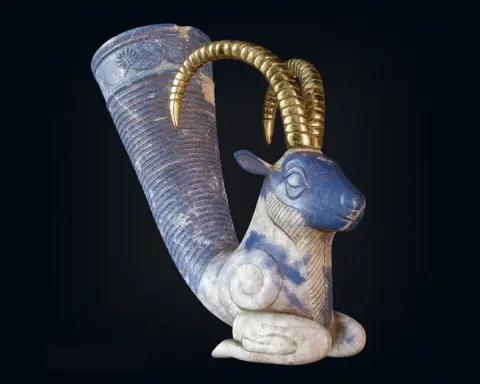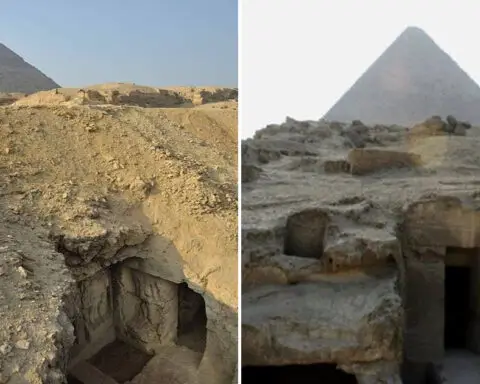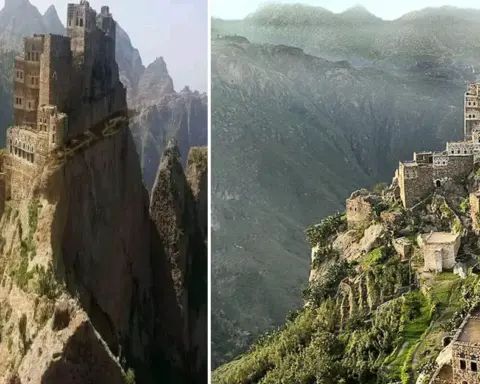The historical puzzle posed by two distant statues unveils a captivating narrative of ancient civilizations. Standing worlds apart, one statue depicts Ninurta, the Sumerian god of war and agriculture, reigning over Mesopotamia. The other, nearly identical, rests in the private collection of Ecuadorian monk Father Carlo Crespi in Peru, thousands of miles away.
This vast distance between the sculptures underscores the astonishing global connections of ancient societies. Moreover, the striking resemblances between representations of Ninurta and monuments worldwide suggest a shared cultural heritage, challenging conventional historical perceptions.
The Tale of Twin Ninurta Statues

Ninurta, a revered deity of the Sumerian pantheon, held prominence in ancient Mesopotamia, encompassing parts of present-day Iraq and Kuwait. Often depicted as a warrior wielding a bow, arrow, and mace, he symbolized both war and agriculture, reflecting their pivotal roles in Sumerian society.
In Father Carlo Crespi’s collection lies a statue mirroring the Mesopotamian depiction of Ninurta. The figure, with identical weapons and attributes, surfaces as an enigmatic link across distant cultures. The query arises: How did two societies, oceans apart, craft such parallel representations of a deity?
A Global Tapestry of Pyramids

This remarkable connection extends beyond Ninurta to encompass various ancient monuments globally, particularly the pyramid structures. While renowned in ancient Egypt, pyramids also emerged in Indonesia, Mexico, and other distant regions.
Egypt’s iconic pyramids, typified by the Great Pyramid of Giza, showcase precision and architectural brilliance. Yet, similar geometrically aligned pyramids exist in Indonesia, such as the vast Borobudur Temple and the megalithic site of Gunung Padang. In Mexico, Mesoamerican civilizations erected their own pyramid-like structures, exemplified by the Pyramid of the Sun in Teotihuacan.
These parallels challenge the traditional narrative of isolated cultural progress. Instead, they prompt reconsideration of a plausible global network facilitating communication and exchange among ancient civilizations, reshaping historical perspectives.
The Puzzle of World-Traveling Deities
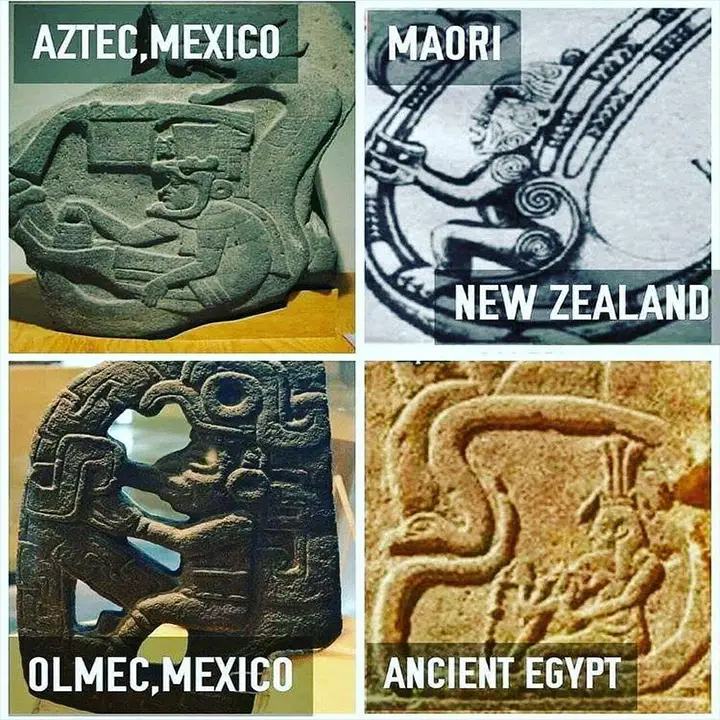
The presence of Ninurta statues in Mesopotamia and Peru, alongside recurring pyramid themes worldwide, hints at a deeper enigma. Could a unified global civilization have existed in ancient prehistory, predating known civilizations? Referred to as “Atlantis” or “Mu,” this hypothetical civilization might have possessed advanced knowledge, technology, and spiritual ideologies, potentially explaining the dissemination of ideas and deities across continents.
The Ancient Code of Symbols
An additional intriguing facet lies in the recurring symbolism prevalent in ancient art and architecture. Common motifs like serpents, suns, and celestial alignments transcend diverse ancient cultures. Could these shared symbols constitute a universal language bridging cultural divides?
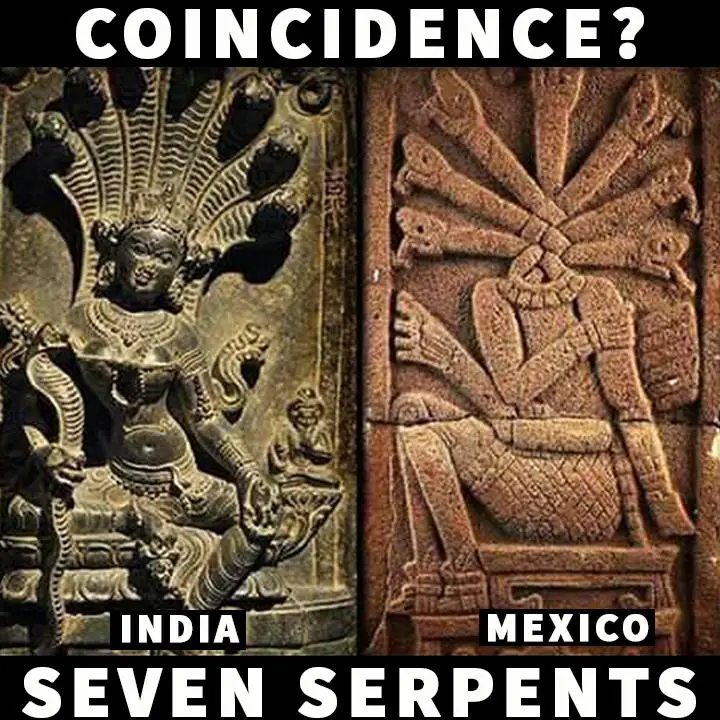
Consider the feathered serpent deity—Quetzalcoatl in Mesoamerica and Kukulkan in Mayan traditions—often depicted as a plumed serpent symbolizing wisdom and the duality of life and death. Similar serpent motifs manifest in ancient Asian and African cultures.
Furthermore, the use of celestial alignments and megalithic structures to observe astronomical events was widespread in ancient civilizations worldwide, from Stonehenge in England to Machu Picchu in Peru and the Great Pyramids of Giza.
Conclusion
The enigmatic Ninurta statues in Mesopotamia and Peru, coupled with global pyramid presence, challenge established historical paradigms. They urge a reconsideration of a shared, ancient civilization existing in antiquity’s mist, potentially acting as a repository of knowledge and spirituality. Though speculative, these connections offer a gateway to reimagine our ancestors as more interconnected and culturally intertwined than previously conceived. Delving deeper into these ancient mysteries could unveil new facets reshaping historical narratives and our comprehension of the ancient world.
VIDEO:


